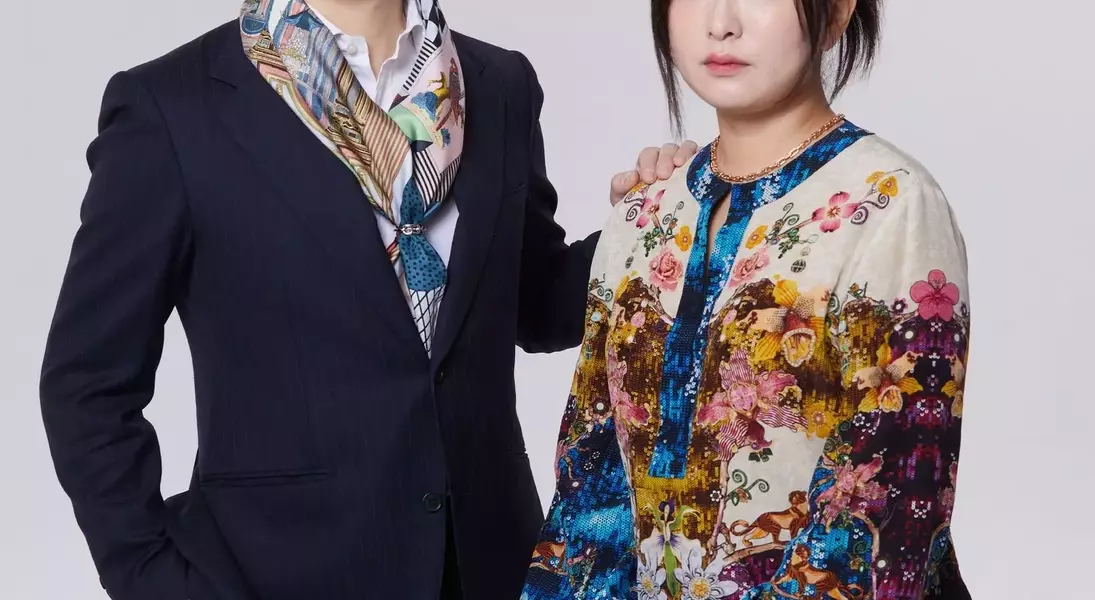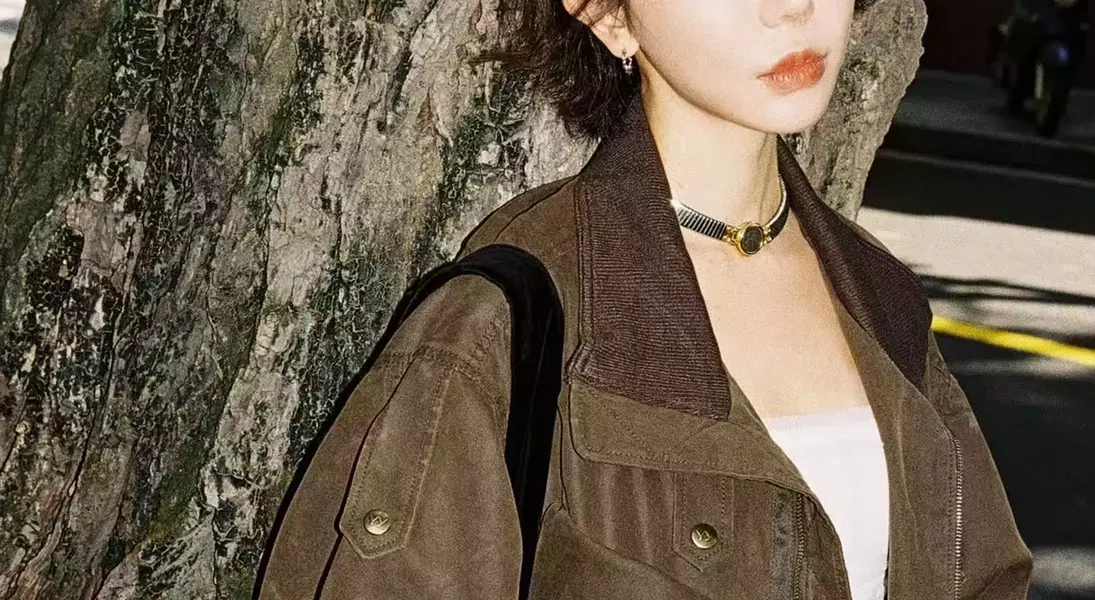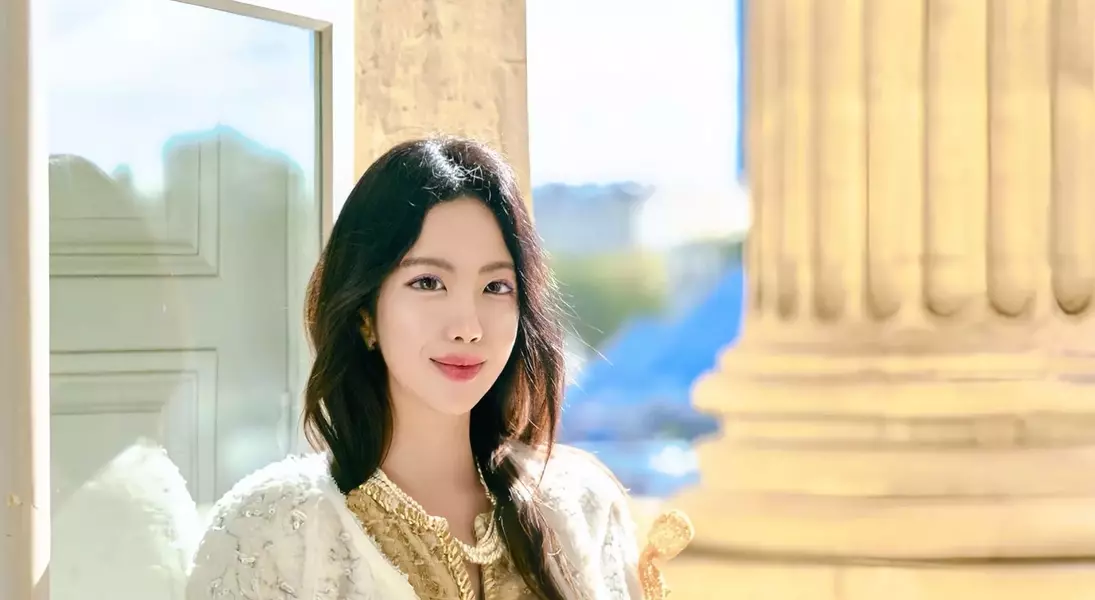




A burgeoning cohort of affluent East Asian consumers, deeply engaged with both the art world and high fashion, is increasingly influencing the luxury sector's direction. These individuals, characterized by their substantial wealth and cultivated appreciation for aesthetics, are redefining what it means to be a luxury client. They seek authenticity, artistic resonance, and personalized relationships, pushing brands to evolve beyond conventional marketing approaches. This shift highlights a growing demand for luxury experiences that reflect cultural intelligence and a commitment to craftsmanship, moving away from mere brand prestige.
Luxury Brands Adapt to the Evolving Tastes of East Asian Art Patrons
In a compelling demonstration of the evolving dynamics within the luxury market, prominent figures like Shanghai-based art collector Cherry Xu exemplify a new breed of influential consumers. Recently, Xu's fashion-art foundation, Cheruby, launched an exhibition and residency program featuring artist Bárbara Sánchez-Kane. At the opening, Xu showcased her distinctive style, pairing an oversized jacket from Korean label Open YY with a tank from Chinese brand Nodress, underscoring her preference for unique, creative expressions that resonate with the surrounding artistic energy.
Xu's involvement extends to supporting emerging artists, such as Bruno Zhu's solo show at London's Chisenhale Gallery, where she attended in a custom-tailored bomber jacket. She stresses that fashion serves as a critical conduit for engaging with the art community, stating, "At dinners, fairs or openings, people read your sensibility before they hear you speak." This sentiment echoes a broader trend among ultra-high-net-worth East Asian consumers, including those from Greater China, South Korea, and Japan, who are deeply fluent in both art and luxury fashion. Their presence is increasingly felt across global art foundations, exhibition committees, and museums, where they are recognized as significant benefactors.
As the lines between fashion and art continue to blur, luxury brands are strategically focusing on this high-value demographic. Edoardo Zegna, Chief Marketing Officer for Zegna, highlights his brand's commitment, noting their global sponsorship of Art Basel fairs, including the one in Hong Kong. This initiative aims to foster enduring relationships with East Asian clients who prioritize trust and continuity. Vincenzo de Bellis, Art Basel's Chief Artistic Officer, emphasizes the crucial role these collectors play in supporting artists and driving cross-disciplinary collaborations.
Further illustrating this convergence, the "A-Poc Able Issey Miyake" exhibition at Art Basel Paris 2025, showcasing a collaboration with Japanese artist Eugene Kangawa, demonstrated the strong resonance between Japanese craftsmanship and the East Asian art community. Yoshiyuki Miyamae, the designer behind the Issey Miyake sub-brand, noted that the brand's practices naturally align with the cultural values of craft and textiles deeply rooted in East Asian art and daily life. According to Ida Palombella, global fashion and luxury co-lead at Deloitte, these consumers view investment in art and philanthropy as a means of signaling taste and legacy, moving beyond mere wealth accumulation.
The importance of trusted relationships is paramount for these discerning clients. Lucrezia Seu, founder of Plush Consulting, describes their lives as "integrated ecosystems" where international art fairs and luxury acquisitions are interconnected. Personal shoppers and trusted advisors, who understand their tastes and social calendars, become indispensable. Evangeline Li, a Taiwanese Korean curator and strategist, frequently orchestrates exclusive art and fashion salons in Bond Street boutiques, creating intimate shopping experiences. She highlights the significance of the East Asian gifting culture, which fosters deeper connections between clients and brands.
Jonathan Cheung, a Hong Kong-based art collector and co-founder of Art-Bureau, finds immense enjoyment in fashion as a social activity, particularly when attending runway shows as a valued client. He points to the Lady Dior artist collaboration series as an exemplary model of luxury brands effectively engaging with this segment. Claudia Cheng, a curator and collector, also expresses her appreciation for Dior, particularly its alignment with art and feminist narratives, emphasizing her slow, intentional approach to collecting both art and fashion. This desire for "emotional resonance" is a key factor, as Deloitte's Palombella notes that over half of East Asian consumers expect tailored products and communications that align with their interests.
South Korean designer Rejina Pyo's London-based label has successfully captured this market by understanding her clients' lifestyles and the occasions for which they dress, whether gallery openings or art fairs. Collectors Kyungha Song and Julie Hongji Seok from Seoul laud Chanel's annual collections, especially the Métiers d'Art shows, for their cultural commissions and celebration of local craft traditions. Song underscores that for many collectors, shopping is an integral part of an art week, akin to visiting satellite exhibitions, where they seek out seasonal or region-exclusive capsules and artistic collaborations.
The shift in luxury consumer behavior among East Asian art patrons signals a critical evolution for brands. Beyond superficial marketing, success lies in cultivating long-standing relationships, ensuring design alignment with artistic sensibilities, and offering intimate, art-adjacent retail experiences. Brands that truly understand and cater to these nuanced preferences will find this influential consumer group an invaluable asset, "hard to pass up."
The evolving landscape of luxury retail, heavily influenced by sophisticated East Asian art patrons, presents both challenges and remarkable opportunities. This demographic's emphasis on cultural depth, personalized engagement, and meaningful connections demands a paradigm shift from brands. Moving forward, luxury houses that successfully integrate art, craftsmanship, and bespoke experiences into their core offerings will not only attract but also retain this highly discerning clientele. This trend ultimately enriches the global cultural fabric, fostering deeper dialogues between the worlds of art and commerce.
